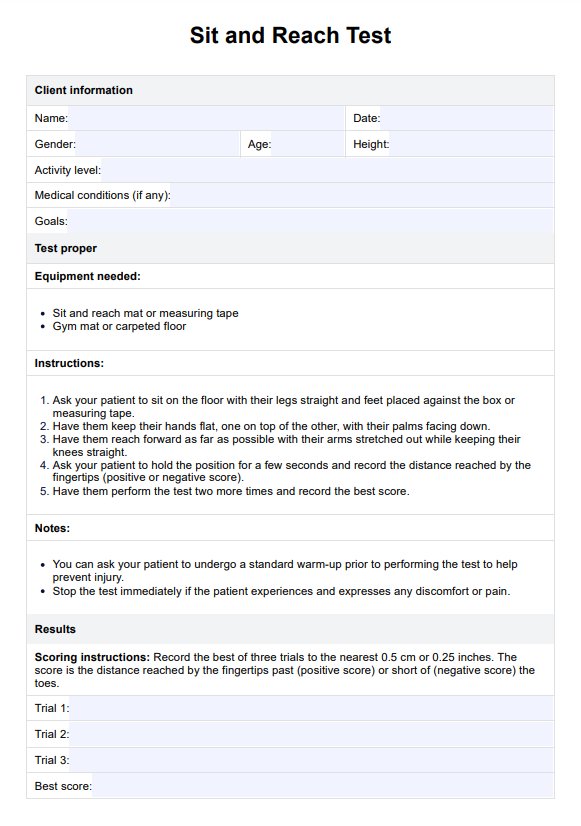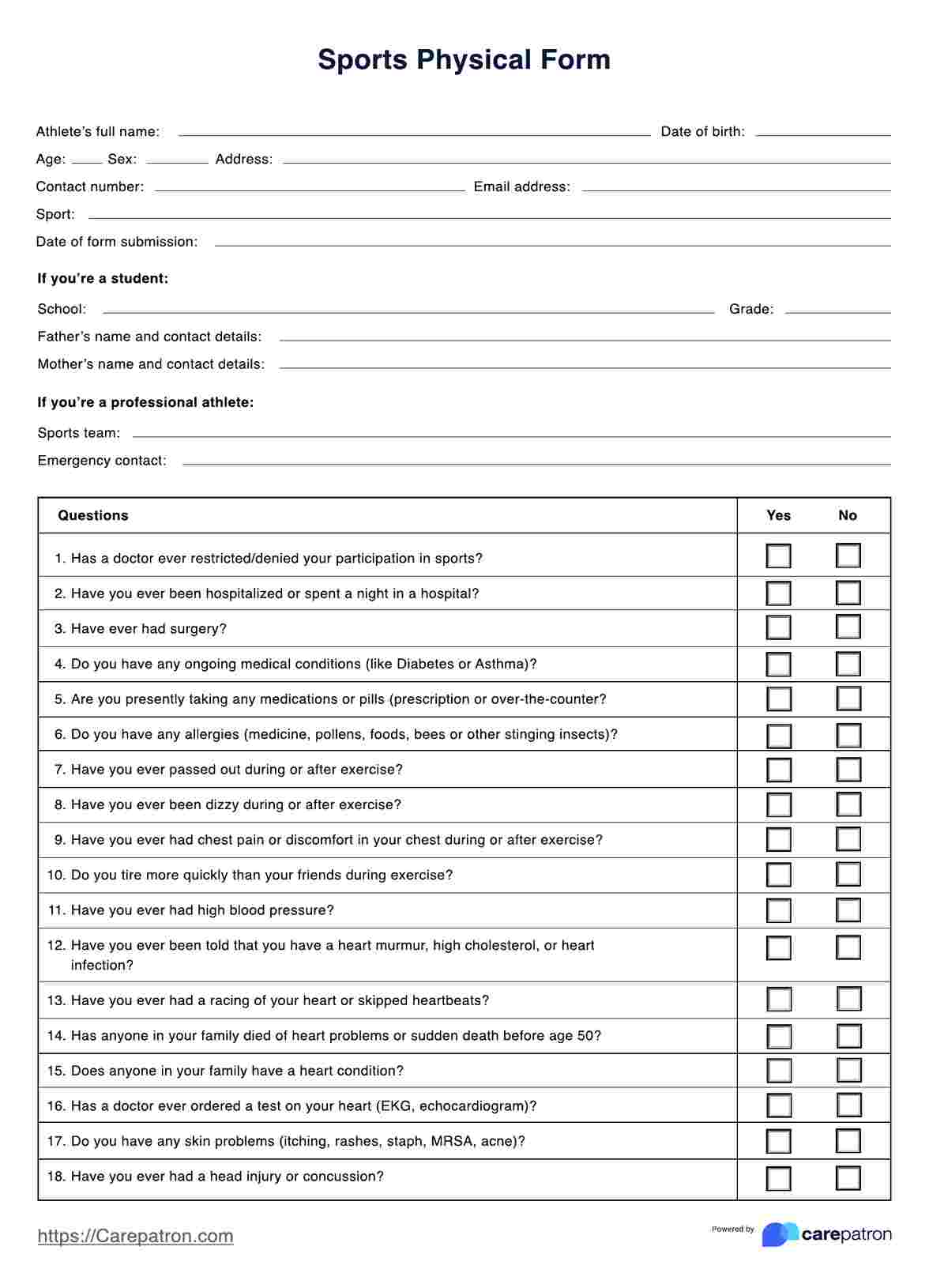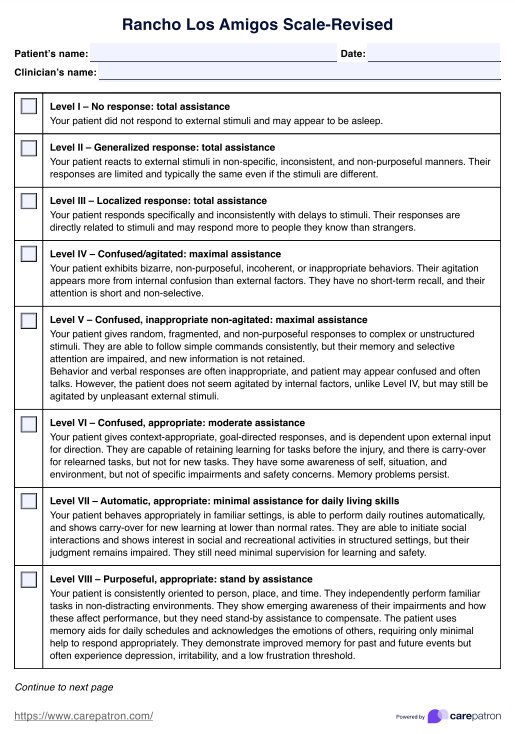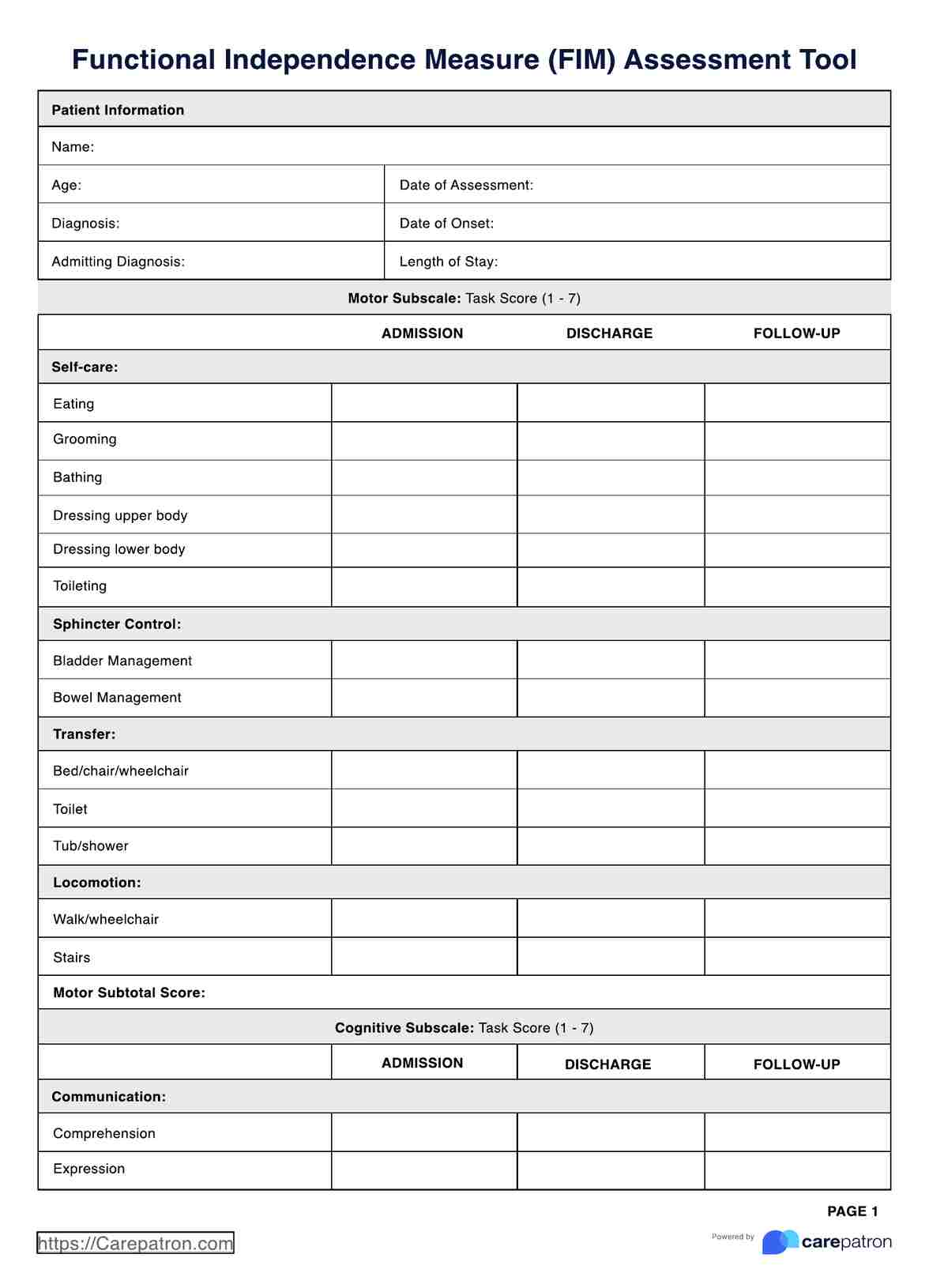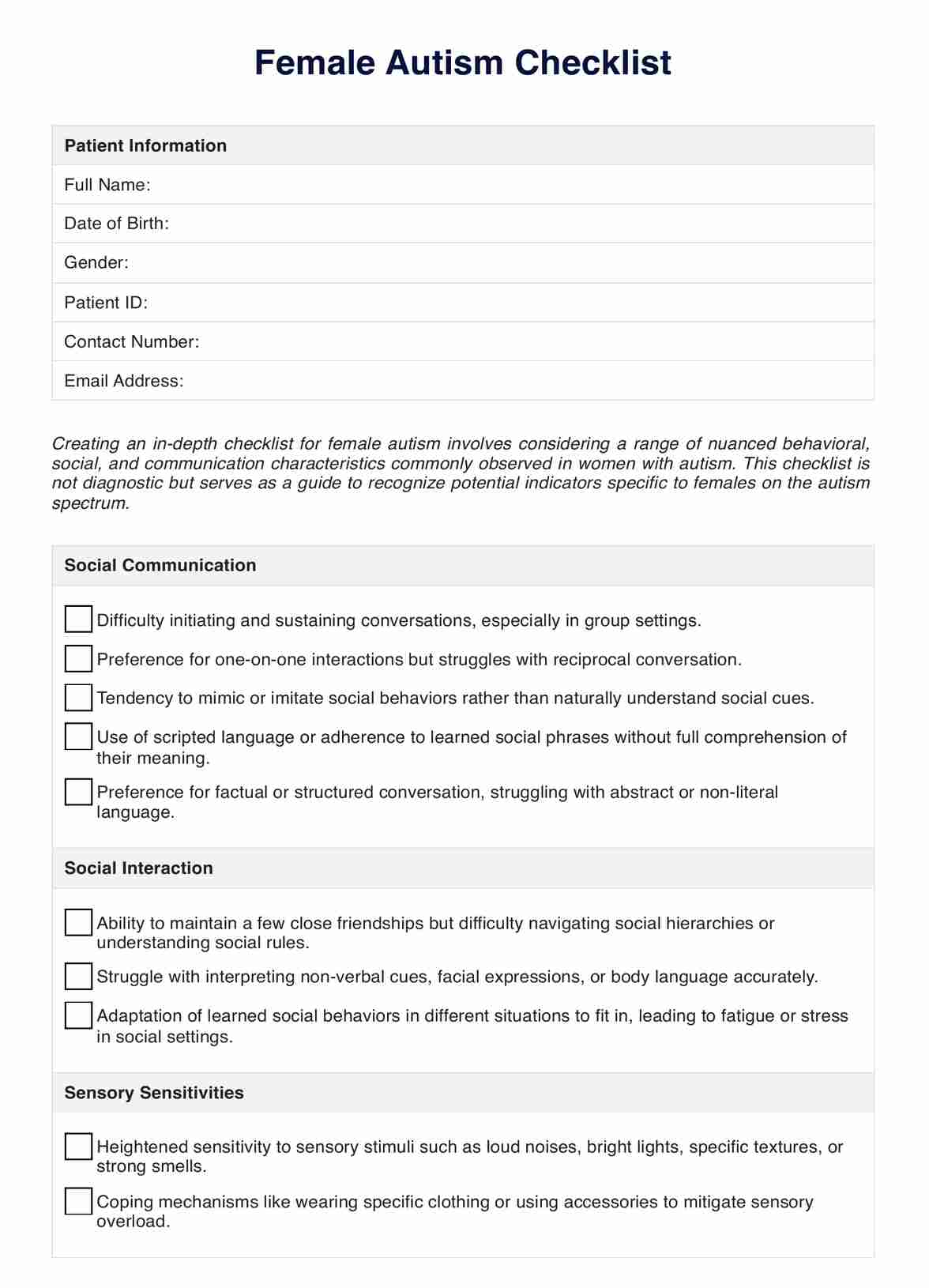Hop Tests
Discover how to administer hop tests using our step-by-step guide and template, making it easy for healthcare professionals to track patient progress.


What Are Hop Tests?
are a series of functional performance tests used by healthcare professionals, particularly physical therapists, to assess an individual's lower extremity strength, stability, and proprioception. These tests are commonly used in rehabilitating patients recovering from lower limb injuries, such as anterior cruciate ligament (ACL) reconstruction, ankle sprains, or other lower extremity pathologies.
The primary objective of hop tests is to evaluate the patient's progress during rehabilitation and determine their readiness to return to sports or other physical activities. Hop tests provide valuable information about the functional capabilities of the injured limb compared to the uninjured limb, helping to identify any remaining deficits and guide the course of treatment.
There are various hop tests, including single-leg hop, triple hop, and crossover hop. Each test requires the patient to perform a specific hopping task on a single leg to achieve the maximum distance or complete the task in the shortest time possible. By comparing the performance between the injured and uninjured limbs, therapists can quantify the functional differences and make informed decisions about the patient's rehabilitation progress.
In addition to their utility in rehabilitation, hop tests can also serve as a screening tool to identify athletes at risk of lower extremity injuries, as research has shown that individuals with lower hop test scores may be more susceptible to injury. Overall, hop tests are a valuable resource for healthcare professionals in assessing, treating, and preventing lower extremity injuries.
Hop Tests Template
Hop Tests Example
How Does a Hop Test Work?
In this section, we will guide you through administering hop tests using a specific template, helping healthcare professionals assess their patients' lower extremity function and progress in rehabilitation programs.
Step 1: Gather Patient Information
- Record the patient's name, date of birth, gender, height, weight, and dominant leg.
Step 2: Explain the Hop Tests
- Describe each hop test (Single Leg Hop Test, Triple Hop Test, and Crossover Hop Test) to the patient and the scoring system (distance hopped in centimeters).
Step 3: Administer the Single Leg Hop Test
- Instruct the patient to stand on one leg and hop as far as possible, landing on the same leg.
- Measure and record the distance hopped in centimeters.
- Repeat the test three times on each leg and calculate the average distance for each leg.
Step 4: Administer the Triple Hop Test
- Instruct the patient to stand on one leg and hop forward three times, landing on the same leg after each hop.
- Measure and record the distance hopped in centimeters for each hop.
- Repeat the test three times on each leg and calculate the average distance for each hop on each leg.
Step 5: Administer the Crossover Hop Test
- Instruct the patient to stand on one leg and hop forward to the side in a diagonal pattern, landing on the same leg.
- Measure and record the distance hopped in centimeters.
- Repeat the test three times on each leg and calculate the average distance for each leg.
Step 6: Record the Results
- Enter the results of each hop test in the provided template, including the distances hopped for the left and right legs.
Step 7: Analyze and Comment on the Results
- Compare the results between the left and right legs.
- Observe the patient's performance and provide recommendations for their rehabilitation program.
By following these steps, healthcare professionals can effectively administer hop tests and use the provided template to track patients' progress and make informed decisions about their rehabilitation programs.
When To Use a Single Leg Hop Test?
The single leg hop test is a valuable assessment tool for healthcare professionals when evaluating lower extremity function, injury risk, and rehabilitation progress. Understanding the appropriate scenarios for this test is crucial for obtaining accurate and meaningful results.
- Assessing lower extremity function: The single leg hop test can evaluate lower limb function, particularly in individuals recovering from injuries or undergoing rehabilitation.
- Post-surgery evaluation: The test is often employed to assess functional recovery following surgeries such as ACL reconstruction or knee arthroscopy.
- Injury risk assessment: The single leg hop test can help identify potential injury risks by highlighting lower limb strength or balance asymmetries.
- Monitoring rehabilitation progress: By comparing hop test results over time, healthcare professionals can track the progress of a patient's rehabilitation program and make necessary adjustments.
- Return-to-sport decision-making: The single leg hop test can assess an athlete's readiness to return to sport following an injury by measuring their lower limb strength and stability.
- Identifying muscle imbalances: The test can help uncover muscle imbalances between the left and right legs, which may contribute to injury risk or hinder athletic performance.
The single-leg hop test is a versatile assessment tool used in various scenarios to evaluate lower limb function, assess rehabilitation progress, and guide return-to-sport decision-making.
Who Is This Hop Test PDF For?
The hop test PDF is designed for many healthcare professionals and practitioners assessing, treating, and rehabilitating lower extremity injuries. This tool can be handy for those in sports medicine and rehabilitation settings.
- Physical Therapists: Physical therapists can use this template to assess and track their patients' lower limb function and rehabilitation progress.
- Orthopedic Surgeons: Surgeons may use the hop test results to make informed decisions regarding their patients' post-surgical recovery and return-to-activity timelines.
- Athletic Trainers: Athletic trainers can utilize this template to assess an athlete's lower limb function, injury risk, and readiness to return to sport.
- Sports Medicine Physicians: Sports medicine practitioners can use the hop test to identify potential injury risks and guide appropriate intervention strategies.
- Personal Trainers: Personal trainers can implement the hop test to identify muscle imbalances in their clients and design targeted exercise programs to address these issues.
- Strength and Conditioning Coaches: The hop test can help strength and conditioning coaches evaluate lower extremity strength and stability in their athletes, informing program development and injury prevention strategies.
- Researchers: In their studies, sports medicine and rehabilitation researchers can use the hop test as a reliable and valid measure of lower limb function.
The hop test PDF is a valuable resource for various healthcare professionals, offering a standardized method for assessing and tracking lower extremity function, injury risk, and rehabilitation progress.
.png)
Benefits of Free Hop Test Template
Standardized Assessment
The template provides a consistent and standardized method for conducting hop tests, ensuring that measurements are accurate and comparable over time.
Time-efficient
With a pre-designed format, the hop test template saves time for healthcare professionals, allowing them to focus on patient care and rehabilitation.
Clear Documentation
The template offers a clear and organized format for documenting test results, making it easy for healthcare professionals to review and analyze the data.
Enhanced Communication
The hop test template enables better communication between healthcare professionals and patients, as it visually presents progress and helps set realistic goals for recovery.
Patient Engagement
By providing a visual representation of progress, the template encourages patients to engage more actively in rehabilitation, increasing motivation and compliance.
Versatile and Adaptable
The hop test template is versatile and adaptable, allowing healthcare professionals to customize it according to their needs and clinical settings.
Commonly asked questions
Carepatron allows you to easily customize the hop test template by adding or removing sections, adjusting the layout, and modifying the content to suit your specific needs and clinical settings.
Yes, Carepatron enables seamless sharing of hop test results with your patients, allowing for better communication, goal-setting, and progress tracking throughout the rehabilitation process.
Carepatron is a versatile platform compatible with multiple devices, including desktop computers, laptops, tablets, and smartphones, and it supports various operating systems, ensuring accessibility for healthcare professionals and patients alike.


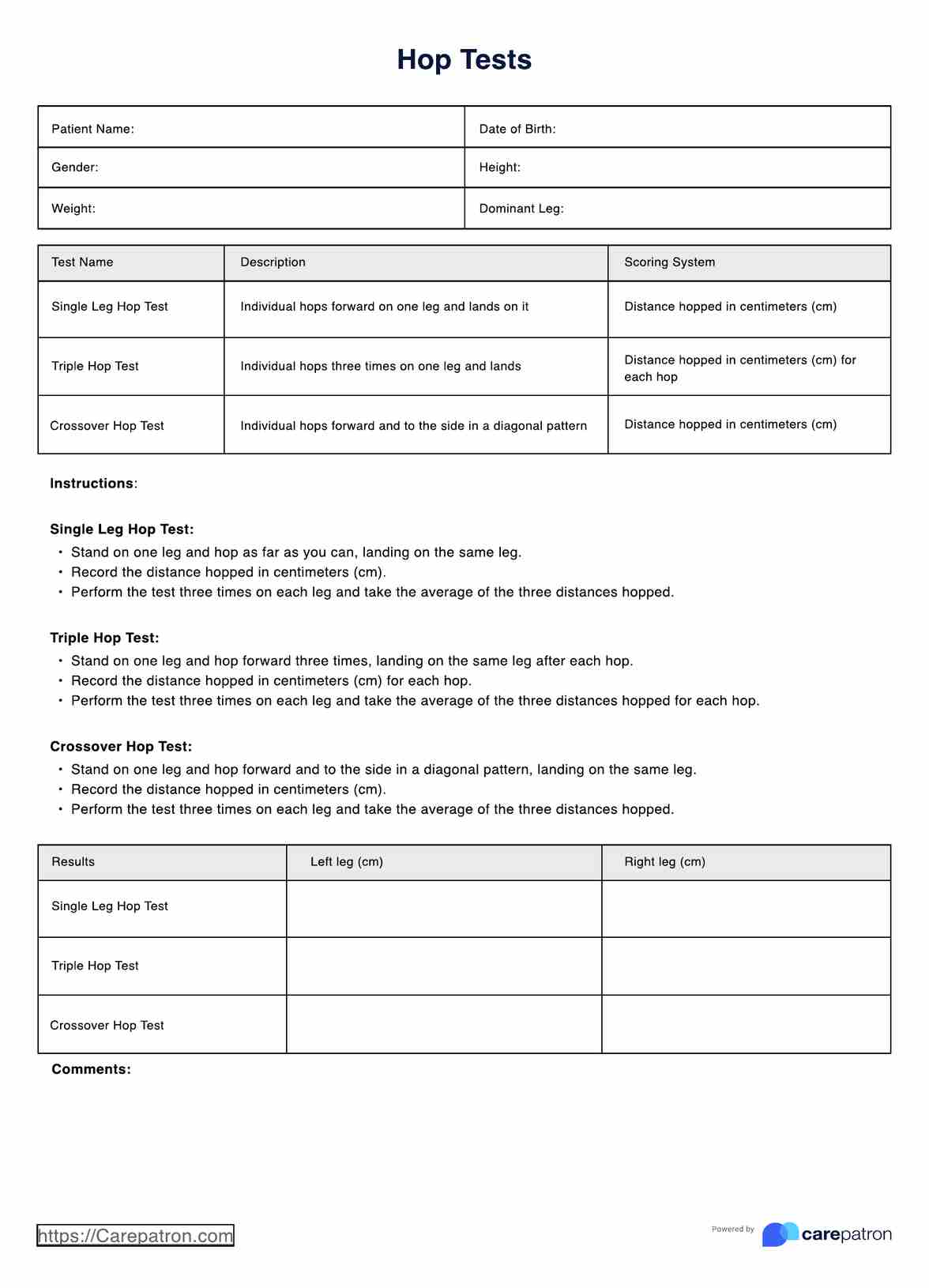
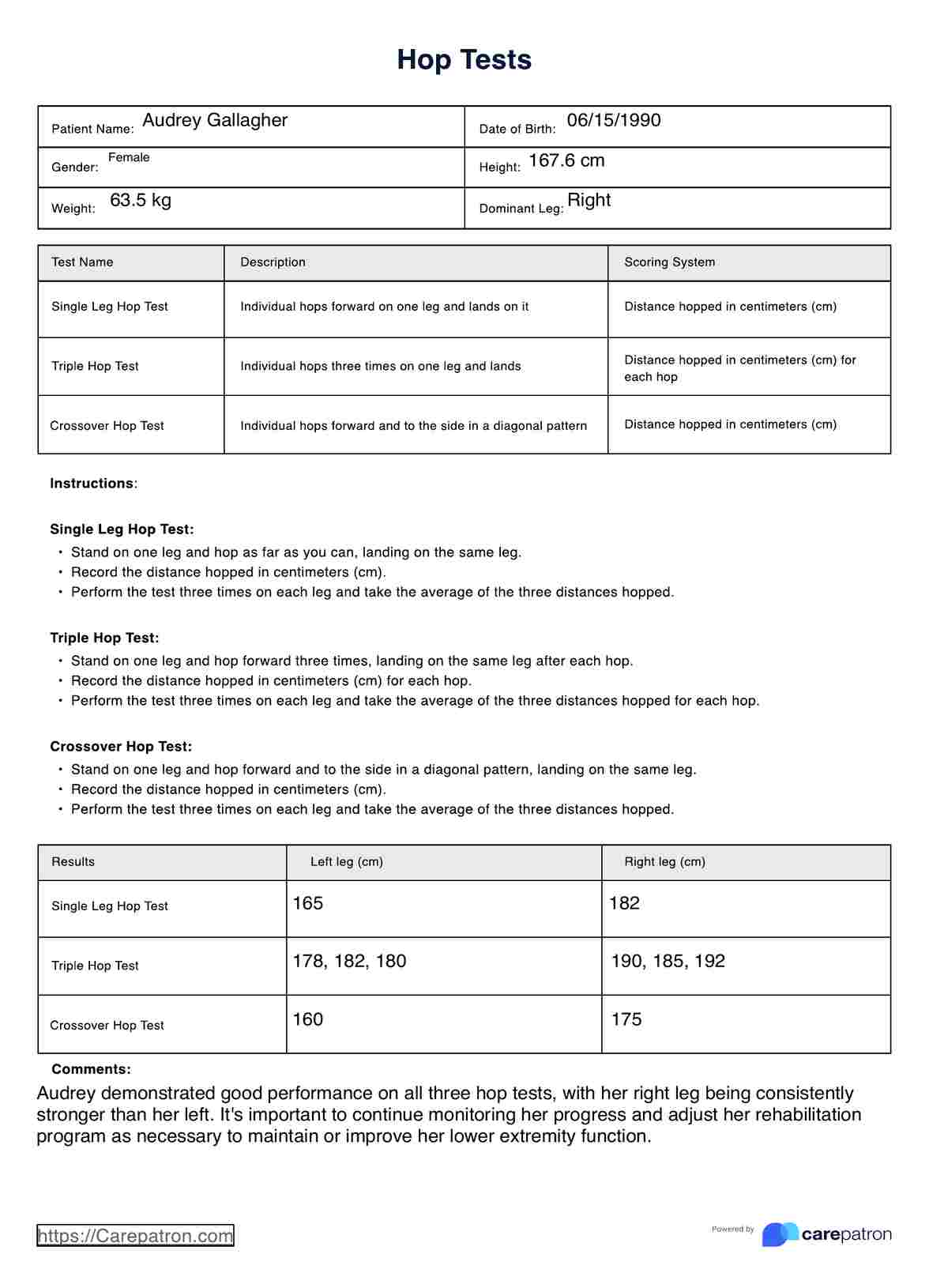














-template.jpg)

























































































